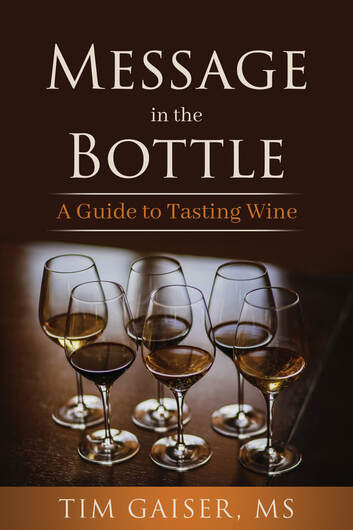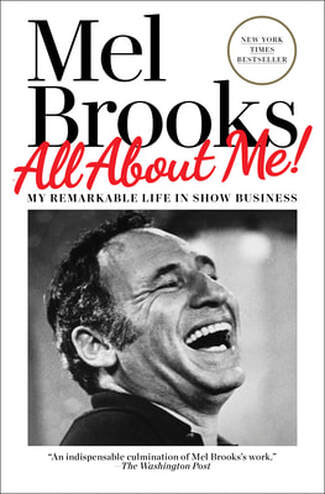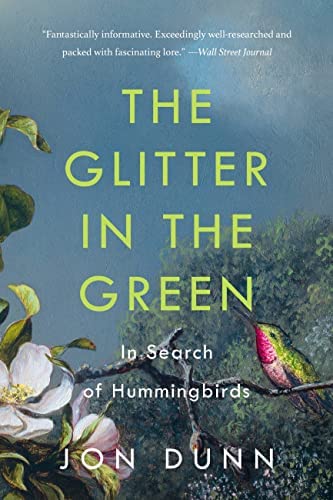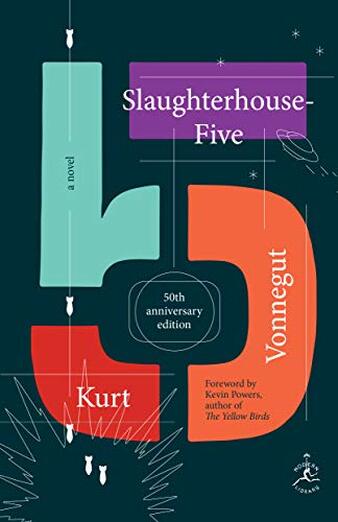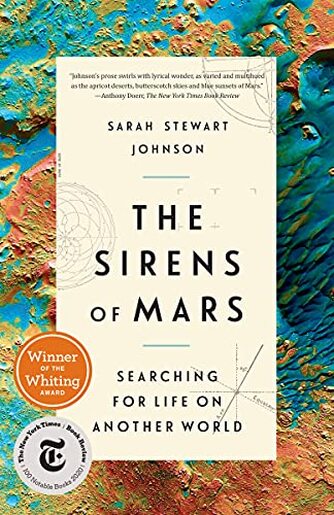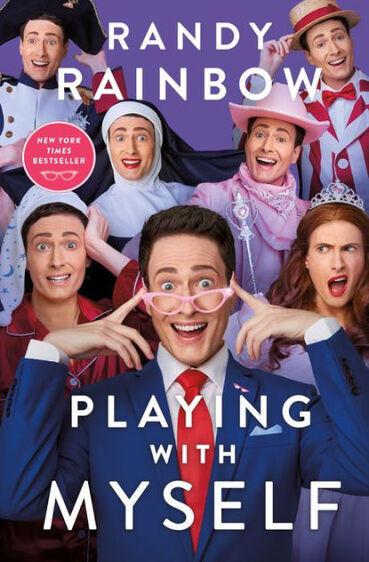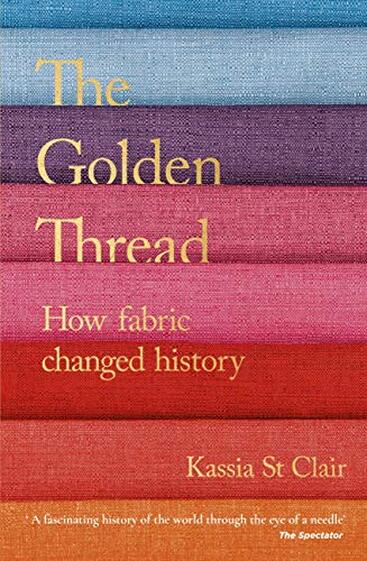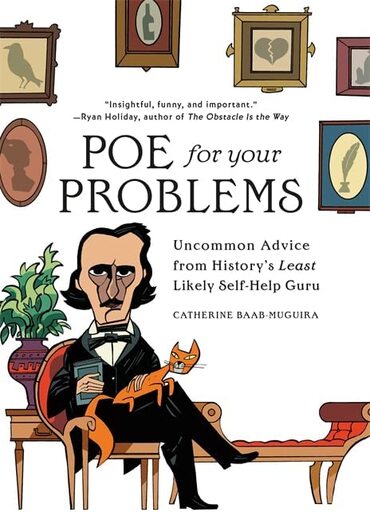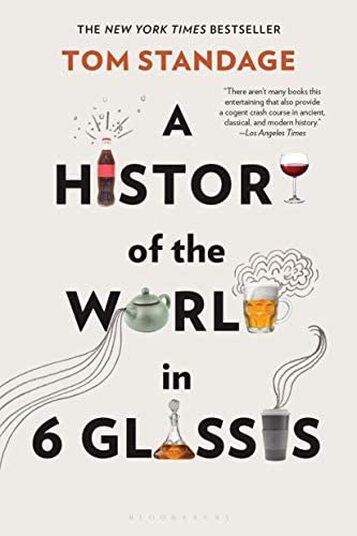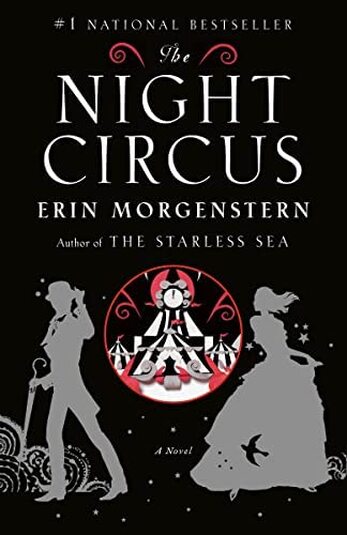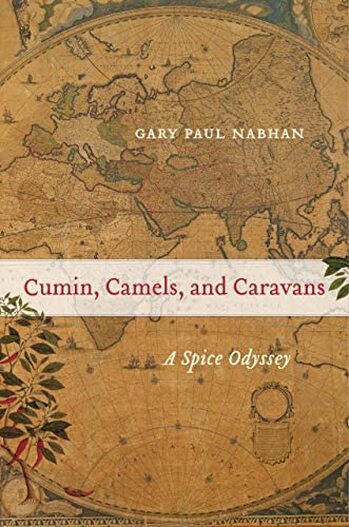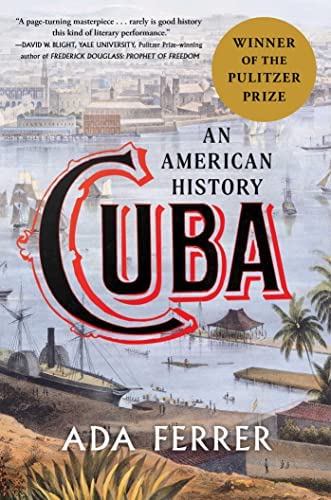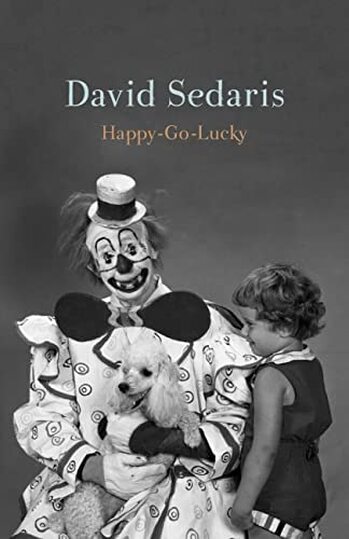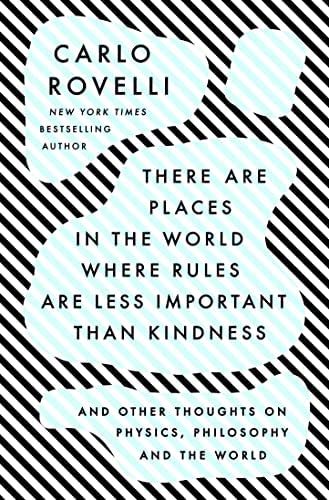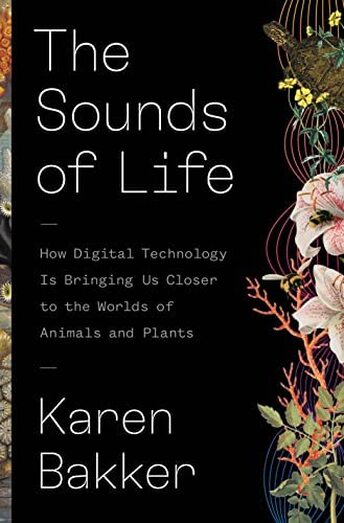This year’s holiday reading roundup begins with a bit of shameless self-promotion about my new tasting book. I’ve been working on it for over 10 years, and the pandemic finally gave me an opportunity to finish it. Message in the Bottle is for anyone who wants to learn how to taste wine. But it’s also filled with strategies that someone who wants to become a professional taster needs to learn. Students on a wine certification track, aka Jedi Knights in training, will find it to be an invaluable resource. Otherwise, you might ask if buying my book will be like voting for Pedro in Napoleon Dynamite, where all your wildest dreams will come true. Probably not, but I think it’s a great read for anyone wanting to learn more about wine. Look for it to be released on Amazon in soft cover and Kindle formats by mid-this month. I’ll also be sharing a separate post about the book with much more detail soon. Stay tuned.
This was the first book of the year and a splendid way to kick off the reading calendar. Need I say that it was also outrageously funny? All About Me chronicles Brooks’ life, from his early days in Williamsburg to his most recent work. It’s also filled with insights and stories about all his movies and various projects. As I read it, I could hear Mel’s voice reciting the text. You can’t not do it. I also got a sense of the manic pace that Brooks’ mind must keep as well as his constant need to create and be funny. He’s truly one of our cultural treasures.
The hummingbird book to end all hummingbird books. Dunn is a photographer and ornithologist based in the Shetland Islands. Glitter follows his travels from Alaska to Tierra del Fuego, as he tracks down dozens of species of these tiny aviary warriors. Throughout the book, the author provides a wealth of information concerning how climate change, urban encroachment, bad politics, and more are all destroying the habitats for the birds. Above all, Dunn is an outstanding writer who happens to be obsessed with hummingbirds. We are richer for it.
Listening to the third movement of Bach’s Brandenburg Concerto No. 4 one day last spring reminded me of the film adaption of Kurt Vonnegut’s novel, Slaughterhouse Five. I first saw the movie in the 70’s when it was released. In the movie, the Bach concerto was played when Billy Pilgrim, the protagonist, walks into Dresden among a group of American POWs. The time frame was 1945, just days before the Allies firebombed the city, killing thousands and wiping it off the face of the map. A young Donald Sutherland played Billy Pilgrim in the movie’s enigmatic title role, as he traveled back and forth through time after being abducted by aliens. The story is Vonnegut at his quirky best. Both movie and book are highly recommended.
A quote from Amazon about the book: “Sarah Stewart Johnson interweaves her own coming-of-age story as a planetary scientist with a vivid history of the exploration of Mars in this celebration of human curiosity, passion, and perseverance.” Glittering AZ-praise aside, Sarah Steward Johnson is assistant professor of planetary science at Georgetown University and a former Rhodes Scholar and White House Fellow. She received her PhD from MIT and has worked on NASA’s Spirit, Opportunity, and Curiosity Rovers. She’s also a visiting scientist with the Planetary Environments Lab at NASA’s Goddard Space Flight Center. Oh yes, she’s also a mom with two kids. Man do I feel like a slacker. Sirens chronicles her career and how it’s been indelibly linked to the research and exploration of the red planet. A great read.
A delightful and very funny autobiography by the one and only Randy Rainbow, master of political satire and YouTube musical mayhem during the last several years. The book follows Rainbow’s sometimes rocky path to a successful career involving comedy, music, and parody. Love the pink glasses.
A delightfully written collection of 13 essays about the history of different textiles and garments, from space suits to athletic gear to clothing worn by polar explorers. Author Kassia St. Clair balances detail with wit and humor throughout. Excellent writing.
I found Poe for Your Problems from reading one of Jane Friedman’s blog posts. It’s a cheeky satire/parody of self-help books using Edgar Allen Poe as a twisted and dysfunctional model. The book is hilarious and cringe-inducing by turn. Somehow, Baab-Muguira manages to keep the ruse up to the very end of the book while also adding worthwhile insights.
A mid-summer re-read of a perennial favorite. Tom Standage writes for the Economist. His Six Glasses comprises the histories of beer, wine, spirits, coffee, tea, and Coca-Cola, and how the beverages changed their respective cultures. Standage is a superb writer who balances a wealth of facts with good storytelling.
One of my favorite fiction reads of the year. The plot involves a magical circus and two foes pitted against each other in a contest of magic, using two children as the competitors. The rules of the contest stipulate that only the winner can survive. A very enjoyable read and a wonderful first novel from the author.
Author Gary Paul Nabhan is an agricultural ecologist, ethnobotanist, and Ecumenical Franciscan Brother. He’s also a pioneer in the heirloom seed preservation movement. Gary’s work has been largely focused on the plants and cultures of the American desert Southwest. However, in Cumin, Camels, and Caravans, Gary takes us on a journey across continents and time as he examines the role the spice trade played in what he calls culinary imperialism. Nabhan uses his own family’s history as Mideast spice traders to chronicle how Semitic peoples were an integral part of the global spice trade. Superbly written and a great read.
Blake Crouch’s Upgrade is a Sci-Fi thriller/page turner. The plot involves a dystopian future in which DNA code changes are made using viruses, often with catastrophic consequences. Like Andy Weir’s novels, Crouch’s writing makes use of lots of hard science and maintains a quickly moving pace using short chapters and multiple cliffhangers. A perfect weekend read.
A superbly written history of Cuba over the last 400 years. Ferrer’s book begins with the arrival of Columbus and then chronicles how the island became the epicenter of the slave trade and sugar industry, setting stage for centuries of poverty and unrest. Through Ferrer’s meticulous research, one learns how U.S. policies have played a major role in causing the country’s political and financial instability, especially with the Spanish-American war and Platte Amendment. It’s no wonder Castro was able to hold power for so long and create a communist regime.
Sedaris’s latest collection of essays could be his best yet. All were written during the last couple of pandemic years. As always, David is a master storyteller, chronicling his experiences on the road as he observes the woof and warp of humanity, warts and all. The book is also wickedly funny. Highly recommended.
Italian physicist Carlo Rovelli is one of my favorite writers. Places is a collection of essays with Rovelli’s thoughts on a broad range of topics from Newton’s alchemy to Einstein’s mistakes, from Nabokov’s lepidopterology to Dante’s cosmology, from mind-altering psychedelic substances to the meaning of atheism. Throughout the book, Carlo’s insatiable curiosity, intellect, and wit shine through.
Karen Bakker is a Rhodes Scholar with a PhD from Oxford, and currently tenured at the University of British Columbia. She’s also a well-known author, researcher, and entrepreneur known for her work on digital transformation, environmental governance, and sustainability. The Sounds of Life focuses on the field of bioacoustics, and how scientists have discovered an entire range of sounds emitted by animals, all beyond the human auditory range. Further, she explores how whales, bats, elephants, and even turtles use these sounds to communicate. The book’s opening pages discuss infrasound, which is lower and potentially far more powerful than any sound that we can hear. Whales and elephants use it to communicate over dozens, even hundreds of miles. Bakker’s Sounds is filled with similar revelations. It’s also one of my favorite books of the year.
